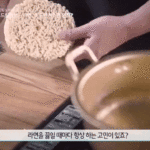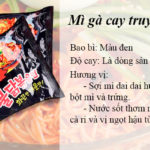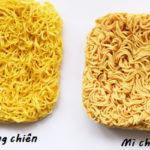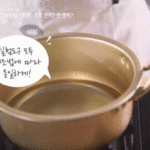Instant noodles – a familiar dish to the vast majority of us. Each variety has its own distinct flavor, accompanied by the right amount of chewy noodles, and, most importantly, the convenience that instant noodles bring, as well as the constant updates to their products: Vi Huong instant noodles, Vi Huong cup noodles, Vi Huong bowl noodles, and Vi Huong paper-wrapped noodles. All of these factors have made this dish popular and enduring through generations.
Let’s explore the flavors of Vi Huong noodles together!
1. Vi Huong Noodle Brand

Vi Huong is known as a long-established noodle brand. Present in the market for over 50 years, it has remained a trusted and beloved brand among consumers.
With such a long history, Vi Huong has undoubtedly gained extensive experience in manufacturing and understanding its customers, resulting in valuable relationships with both customers and strategic partners.
This is coupled with a strict production process and a professional team at every stage. Vi Huong always prioritizes product quality and consumer satisfaction above all else, so each product they launch embodies their values and passion.
2. Types of Vi Huong Noodles
With their extensive experience, Vi Huong has introduced a range of products, including: shrimp noodles, spicy and sour shrimp noodles, beef stew noodles, crab and black pepper noodles, and meat stew noodles, to name a few.

Vi Huong shrimp noodles are considered a pioneering product in the Vietnamese noodle market. The packaging features a simple paper design that is memorable and nostalgic for generations.
The noodles are shaped into round, bite-sized strands, appealing to the Vietnamese sense of aesthetics and taste. The flavor is delicious and tailored to the preferences of Vietnamese consumers.

The packaging has evolved from a simple paper wrapper to a visually appealing design. The images on the packet are colorful and vibrant, attracting the attention and interest of customers. This is a crucial factor in encouraging customers to choose and consume Vi Huong noodles.
Additionally, the quality of the noodles has been enhanced. Attention has been given to the crispness and chewiness of the noodles. The spicy and sour shrimp flavor is carefully crafted, resulting in a fragrant, spicy, and robust taste experience.

The beef stew noodles are known for their delicious noodles and improved chewiness and crispness. The flavor of the noodles is carefully crafted, emphasizing the nutritional values of the ingredients. The taste is rich and savory, with the various seasoning packets blending together to stimulate the senses.
Vi Huong Bowl Noodles (Beef Stew)

With improved design in terms of size and convenience, the bowl noodles have gradually gained a loyal customer base.
The flavors are created using special recipes, such as the crab and black pepper bowl noodles, which feature a sweet and clear soup base and perfectly crisp noodles, offering a unique dining experience.
Vi Huong Life Cup Noodles (Meat Stew)

The Vi Huong Life Cup meat stew noodles are a convenient option favored by customers. The flavor and quality are consistently excellent, with the noodles made from premium flour and the ingredients and soup carefully selected. As a result, the meat stew cup noodles deliver a delicious and savory taste.
Each flavor of Vi Huong noodles offers a unique blend of tastes and textures, catering to different preferences. However, all paper-wrapped noodle products meet the demands for convenience and deliciousness. Thus, Vi Huong has established itself as a reliable supplier for customers.
We’re sure that these special flavors have left a lasting impression on you. Share your experiences with us and let us know which Vi Huong noodle variety is your favorite!
Don’t underestimate the art of cooking instant noodles: Putting the noodles and seasoning pack into the pot of water first is the key factor for success or failure
If you’re still cooking instant noodles in a pot, think about how you usually do it. Do you put the noodles in boiling water first and then add the seasoning, or do you add the seasoning before the noodles? Don’t think that these two methods are the same.



































